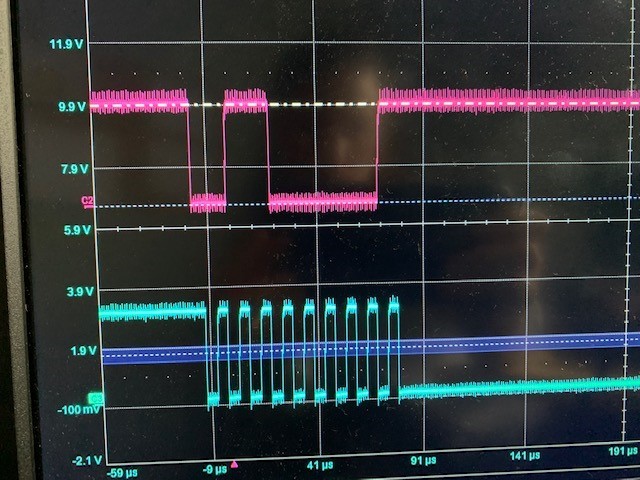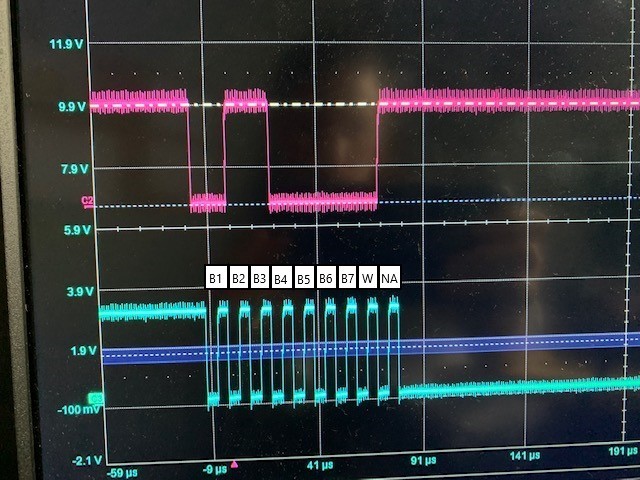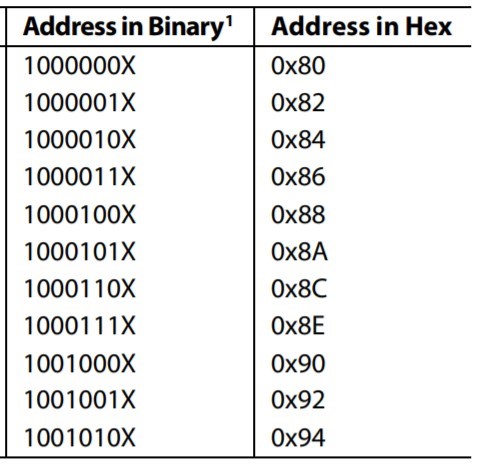I'm having a very strange issue with the DRV8847S on a custom board. I am using 3 of these parts on my board and therefore have to set the addresses for each. When I first write to address 0x60 (the default address), I never get an ack as shown in the first picture below and the clock stays low. After a short bit of time (< 1 second), the bus gets stuck in the mode shown in the second picture. I can't for the life of me figure out why. Also, when I write to another device on the bus, the bus gets "unstuck" and writes/reads successfully. Can anyone provide some insight?
-
Ask a related question
What is a related question?A related question is a question created from another question. When the related question is created, it will be automatically linked to the original question.





